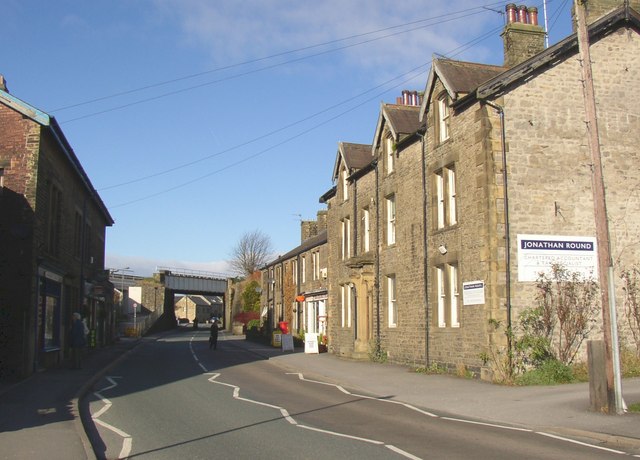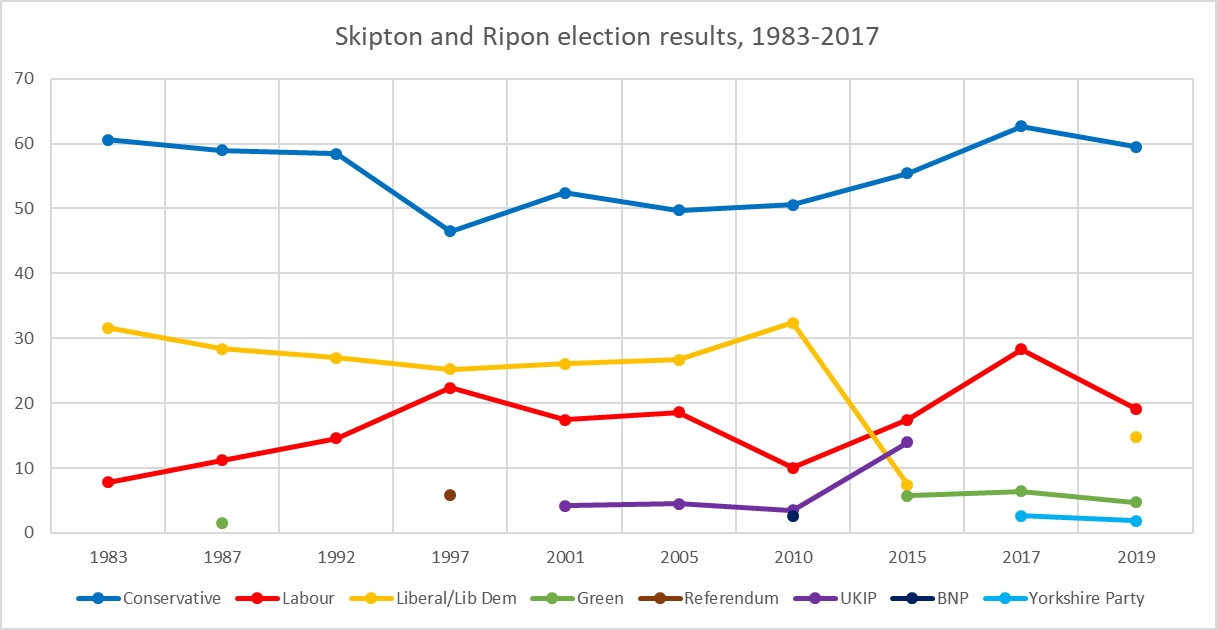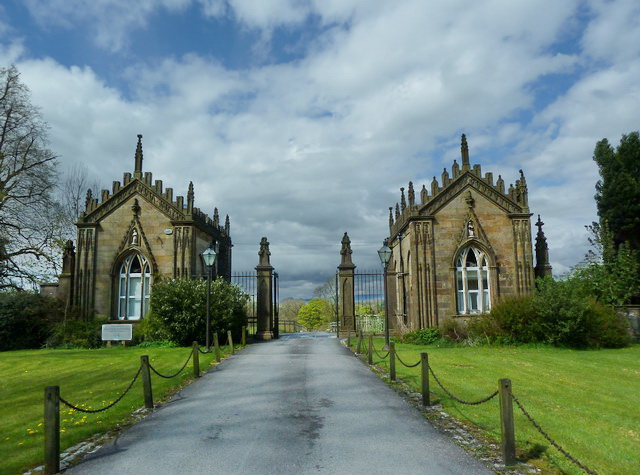|
Nappa, North Yorkshire
Nappa is a hamlet in the Craven district of North Yorkshire, England. It is on the A682 road and north-west of Barnoldswick and west of Skipton. The population was estimated at 10 in 2010. The place name Nappa, first mentioned in the Domesday Book as ''Napars'', is of uncertain origin, but possibly derives from the Old English ''hnæpp ġehæġ'', meaning "enclosure in a bowl-shaped hollow". Nappa was historically a township in the ancient parish of Gisburn in the West Riding of Yorkshire. It became a separate civil parish in 1866. It was transferred to the new county of North Yorkshire in 1974. The civil parish was abolished in 2014 and amalgamated with the parish of Hellifield Hellifield is a village and civil parish in the Craven district of North Yorkshire, England (). Historically part of the West Riding of Yorkshire, the village was once an important railway junction on the Settle-Carlisle Railway between th .... References External links Villag ... [...More Info...] [...Related Items...] OR: [Wikipedia] [Google] [Baidu] |
Hellifield
Hellifield is a village and civil parish in the Craven district of North Yorkshire, England (). Historically part of the West Riding of Yorkshire, the village was once an important railway junction on the Settle-Carlisle Railway between the Midland Railway and the Lancashire and Yorkshire Railway, but Hellifield railway station is now a shadow of its former glory. It is situated on the A65, between Skipton and Settle. Hellifield had a population of 1,060 residents at the 2001 census, increasing to 1,426 at the 2011 census. History In the Domesday Book of 1086, Hellifield is mentioned as Helgeflet; meaning 'Holy Marsh or Stream', translated from Anglo-Saxon, the village also could have been dedicated to the Anglo-Saxon Goddess ' Hel'. There is also the possibility that the name derives from the Norse 'The Farm of Helgi'. The village name changed over the years; in the 12th century, Hellifield was referred to as "Nether Hellifield" and in the 17th and 18th centuries the v ... [...More Info...] [...Related Items...] OR: [Wikipedia] [Google] [Baidu] |
Craven District
Craven is a local government district of North Yorkshire, England centred on the market town of Skipton. In 1974, Craven District was formed as the merger of Skipton urban district, Settle Rural District and most of Skipton Rural District, all in the West Riding of Yorkshire. The population of the Local Authority area at the 2011 Census was 55,409. It comprises the upper reaches of Airedale, Wharfedale, Ribblesdale, and includes most of the Aire Gap and Craven Basin. The name Craven is much older than the modern district, and encompassed a larger area. This history is also reflected in the way the term is still commonly used, for example by the Church of England. History ''Craven'' has been the name of this district throughout recorded history. Note: Select the Thorton in Craven entry. Its extent in the 11th century can be deduced from The Domesday Book but its boundaries now differ according to whether considering administration, taxation or religion. Toponymy The deri ... [...More Info...] [...Related Items...] OR: [Wikipedia] [Google] [Baidu] |
North Yorkshire
North Yorkshire is the largest ceremonial counties of England, ceremonial county (lieutenancy area) in England, covering an area of . Around 40% of the county is covered by National parks of the United Kingdom, national parks, including most of the Yorkshire Dales and the North York Moors. It is one of four counties in England to hold the name Yorkshire; the three other counties are the East Riding of Yorkshire, South Yorkshire and West Yorkshire. North Yorkshire may also refer to a non-metropolitan county, which covers most of the ceremonial county's area () and population (a mid-2016 estimate by the Office for National Statistics, ONS of 602,300), and is administered by North Yorkshire County Council. The non-metropolitan county does not include four areas of the ceremonial county: the City of York, Middlesbrough, Redcar and Cleveland and the southern part of the Borough of Stockton-on-Tees, which are all administered by Unitary authorities of England, unitary authorities. ... [...More Info...] [...Related Items...] OR: [Wikipedia] [Google] [Baidu] |
Skipton And Ripon
Skipton and Ripon is a constituency in North Yorkshire represented in the House of Commons of the UK Parliament since 2010 by Julian Smith, a Conservative. Constituency profile The constituency covers a mainly rural area of the Yorkshire Dales. The largest settlements are the town of Skipton and the city of Ripon. Smaller towns in the constituency are Bentham, Settle, Pateley Bridge and Masham. It is one of the safest seats in England, formed on an area with a long history of Conservative representation and with a large majority of its electorate having in the last election voted Conservative. It was also the constituency in 1992 that when declared, saw the Conservatives gain the 4th straight majority since 1979 and John Major re-elected as Prime Minister. At 1.6%, Skipton and Ripon had significantly lower than national average unemployment (3.8%) in November 2012. Boundaries 1983–1997: The District of Craven, and the Borough of Harrogate wards of Almscliffe, Bish ... [...More Info...] [...Related Items...] OR: [Wikipedia] [Google] [Baidu] |
A682 Road
List of A roads in zone 6 in Great Britain Great Britain is an island in the North Atlantic Ocean off the northwest coast of continental Europe. With an area of , it is the largest of the British Isles, the largest European island and the ninth-largest island in the world. It i ... starting east of the A6 and A7 roads, and west of the A1 (road beginning with 6). Single- and double-digit roads Triple-digit roads Four-digit roads (60xx) Four-digit roads (61xx and higher) References {{UK road lists 6 6 ... [...More Info...] [...Related Items...] OR: [Wikipedia] [Google] [Baidu] |
Barnoldswick
Barnoldswick (pronounced ) is a market town and civil parish in the Borough of Pendle, Lancashire, England. It is within the boundaries of the historic West Riding of Yorkshire, Barnoldswick and the surrounding areas of West Craven have been administered since 1974 as part of Lancashire. This was when West Riding County Council and Barnoldswick Urban District Council were abolished and the town was transferred to the Borough of Pendle. It lies near the Yorkshire Dales National Park and the Forest of Bowland Area of Outstanding Natural Beauty. Stock Beck, a tributary of the River Ribble, runs through the town, which has a population of 10,752. On the lower slopes of Weets Hill in the Pennines, astride the natural watershed between the Ribble and Aire valleys, Barnoldswick is the highest town on the Leeds and Liverpool Canal, lying on the summit level of the canal between Barrowford Locks to the south west and Greenberfield Locks just north east of the town, from Leeds, Manch ... [...More Info...] [...Related Items...] OR: [Wikipedia] [Google] [Baidu] |
Skipton
Skipton (also known as Skipton-in-Craven) is a market town and civil parish in the Craven district of North Yorkshire, England. Historically in the East Division of Staincliffe Wapentake in the West Riding of Yorkshire, it is on the River Aire and the Leeds and Liverpool Canal to the south of the Yorkshire Dales. It is situated north-west of Leeds and west of York. At the 2011 Census, the population was 14,623. The town was listed in the 2018 ''Sunday Times'' report on Best Places to Live in northern England. History The name Skipton means 'sheep-town', a northern dialect form of ''Shipton''. Its name derives from the Old English ''sceap'' (sheep) and ''tun'' (town or village).The name is recorded in the ''Domesday Book'' of 1086. It was important during the English Civil War and was the site of prisoner of war camps during the First and Second World Wars. Skipton Castle was built in 1090 as a wooden motte-and-bailey by Robert de Romille, a Norman baron. In the 12th ... [...More Info...] [...Related Items...] OR: [Wikipedia] [Google] [Baidu] |
Domesday Book
Domesday Book () – the Middle English spelling of "Doomsday Book" – is a manuscript record of the "Great Survey" of much of England and parts of Wales completed in 1086 by order of King William I, known as William the Conqueror. The manuscript was originally known by the Latin name ''Liber de Wintonia'', meaning "Book of Winchester", where it was originally kept in the royal treasury. The '' Anglo-Saxon Chronicle'' states that in 1085 the king sent his agents to survey every shire in England, to list his holdings and dues owed to him. Written in Medieval Latin, it was highly abbreviated and included some vernacular native terms without Latin equivalents. The survey's main purpose was to record the annual value of every piece of landed property to its lord, and the resources in land, manpower, and livestock from which the value derived. The name "Domesday Book" came into use in the 12th century. Richard FitzNeal wrote in the ''Dialogus de Scaccario'' ( 1179) that the book ... [...More Info...] [...Related Items...] OR: [Wikipedia] [Google] [Baidu] |
Old English
Old English (, ), or Anglo-Saxon, is the earliest recorded form of the English language, spoken in England and southern and eastern Scotland in the early Middle Ages. It was brought to Great Britain by Anglo-Saxon settlement of Britain, Anglo-Saxon settlers in the mid-5th century, and the first Old English literature, Old English literary works date from the mid-7th century. After the Norman conquest of 1066, English was replaced, for a time, by Anglo-Norman language, Anglo-Norman (a langues d'oïl, relative of French) as the language of the upper classes. This is regarded as marking the end of the Old English era, since during this period the English language was heavily influenced by Anglo-Norman, developing into a phase known now as Middle English in England and Early Scots in Scotland. Old English developed from a set of Anglo-Frisian languages, Anglo-Frisian or Ingvaeonic dialects originally spoken by Germanic peoples, Germanic tribes traditionally known as the Angles, Sa ... [...More Info...] [...Related Items...] OR: [Wikipedia] [Google] [Baidu] |
Township (England)
In England, a township (Latin: ''villa'') is a local division or district of a large parish containing a village or small town usually having its own church. A township may or may not be coterminous with a chapelry, manor, or any other minor area of local administration. The township is distinguished from the following: *Vill: traditionally, among legal historians, a ''vill'' referred to the tract of land of a rural community, whereas ''township'' was used when referring to the tax and legal administration of that community. *Chapelry: the 'parish' of a chapel (a church without full parochial functions). *Tithing: the basic unit of the medieval Frankpledge system. 'Township' is, however, sometimes used loosely for any of the above. History In many areas of England, the basic unit of civil administration was the parish, generally identical with the ecclesiastical parish. However, in some cases, particularly in Northern England, there was a lesser unit called a township, being a ... [...More Info...] [...Related Items...] OR: [Wikipedia] [Google] [Baidu] |
Gisburn
Gisburn (formerly Gisburne) is a village and civil parish within the Ribble Valley borough of Lancashire, England. Historically within the West Riding of Yorkshire, it lies northeast of Clitheroe and west of Skipton. The civil parish had a population of 506, recorded in the 2001 census, increasing to 521 at the 2011 Census. The civil parish adjoins the Ribble Valley parishes of Horton, Paythorne, Sawley and Rimington and the Pendle parish of Bracewell and Brogden. Etymology Gisburn is first named in the Domesday Book of 1086, where it takes the form ''Ghiseburne''. The name is next attested in the twelfth century, as ''Giselburn''. The name is thus thought to originate in the reconstructed Old English word *''gysel'' ('gushing') and the common Old English word ''burna'' ('stream'). It is possible, however, that the first element was originally an Old English personal name *''Gysla''. Thus the name once meant either 'gushing stream' or 'Gysla's stream'. The former spellin ... [...More Info...] [...Related Items...] OR: [Wikipedia] [Google] [Baidu] |
West Riding Of Yorkshire
The West Riding of Yorkshire is one of three historic subdivisions of Yorkshire, England. From 1889 to 1974 the administrative county County of York, West Riding (the area under the control of West Riding County Council), abbreviated County of York (WR), was based closely on the historic boundaries. The lieutenancy at that time included the City of York and as such was named West Riding of the County of York and the County of the City of York. Its boundaries roughly correspond to the present ceremonial counties of West Yorkshire, South Yorkshire and the Craven, Harrogate and Selby districts of North Yorkshire, along with smaller parts in Lancashire (for example, the parishes of Barnoldswick, Bracewell, Brogden and Salterforth became part of the Pendle district of Lancashire and the parishes of Great Mitton, Newsholme and Bowland Forest Low became part of the Ribble Valley district also in Lancashire), Cumbria, Greater Manchester and, since 1996, the unitary East Riding of ... [...More Info...] [...Related Items...] OR: [Wikipedia] [Google] [Baidu] |







